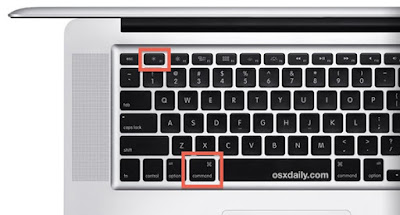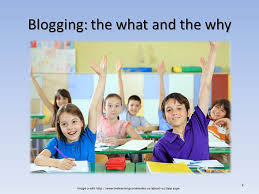This is based upon Peter Reynolds' book, "The Dot" It is a short picture book that celebrates creativity and helping develop the creative mindset. Here is a 4-min read aloud of the book. You will LOVE it!
I first found this book a few years ago at the ITEC conference in Des Moines. They had Peter Reynolds as a guest speaker. Peter spoke about The Dot book in his presentation and I immediately fell in love with the book. I stood in line for an hour to get him to autograph a couple of copies so that I could give them to our grandsons.
My favorite part of this story began while he was drawing a picture related to the book in the front cover. I asked him, "When you draw, do you have the picture in your mind and then work to represent it on the paper?" He thought about it for a minute and replied "No, I see the picture on the paper and then I just need to connect the dots." Fascinating!
I first found this book a few years ago at the ITEC conference in Des Moines. They had Peter Reynolds as a guest speaker. Peter spoke about The Dot book in his presentation and I immediately fell in love with the book. I stood in line for an hour to get him to autograph a couple of copies so that I could give them to our grandsons.
My favorite part of this story began while he was drawing a picture related to the book in the front cover. I asked him, "When you draw, do you have the picture in your mind and then work to represent it on the paper?" He thought about it for a minute and replied "No, I see the picture on the paper and then I just need to connect the dots." Fascinating!
Originated by an Iowan
International Dot Day was originated in 2009 by Terry Shay, music teacher at North Tama High School. Last year, I had a student in my Ed Tech and Design class who had Terry Shay as a teacher. He said that Mr. Shay was an amazing teacher.
Wait, There's More!
Just found another video created by the author, Peter H. Reynolds, that explains how he creates wonderful graphics . . . all beginning with a dot.
BTW,
This is also National Online Learning Day. This day "showcases how students of all ages are thriving with the ability to learn online—anywhere, anytime."
There is another webpage where you can read other students' online stories or share your own:
Follow the Twitter discussion today using the hashtag #onlinelearningday
Have a GREAT DAY!!
Z



















